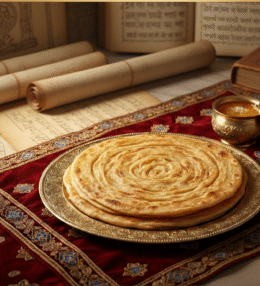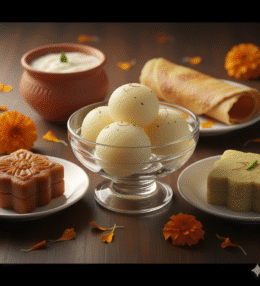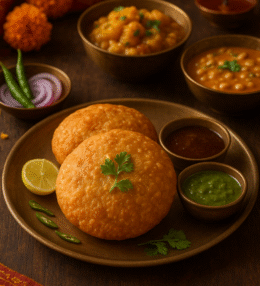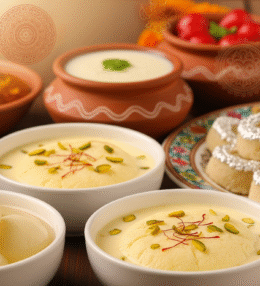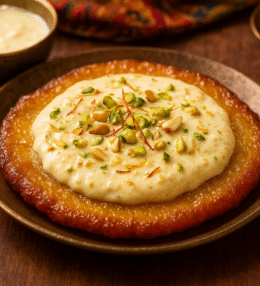The Iconic Panipuri: One of the Most Loved Street Foods in India
If there is one snack that can make every Indian’s eyes sparkle and their taste buds dance, it is the humble yet heavenly Panipuri. Crispy, tangy, spicy, sweet, and utterly addictive—this tiny golden globe is more than just food; it is an emotion, a celebration, and in many ways, a unifying thread across India’s diverse culture.
As the famous food writer Virginia Woolf once said, “One cannot think well, love well, sleep well, if one has not dined well.” And in India, “dining well” often begins not with royal banquets, but with the crackling sound of a puri filled with spicy water bursting in your mouth.
The Origins of Panipuri: Where Did It All Begin?
The exact birthplace of Panipuri is still debated, wrapped in mystery like the spices hidden in its water. Some say it originated in Magadha (modern-day Bihar), where it was first known as phulki. Others argue that it was invented in Uttar Pradesh, evolving from simple fried puris to stuffed delights.
Whatever its true origin, Panipuri spread across the subcontinent like wildfire, adapting to local flavors and names. Today, from the bustling lanes of Delhi to the beaches of Mumbai and the ghats of Varanasi, Panipuri reigns supreme as the king of street food.
What’s in a Name? Panipuri Across India
Shakespeare once wrote, “A rose by any other name would smell as sweet.” The same applies to Panipuri. Across India, this golden bite has many names, each carrying its own cultural flavor:
- Puchka – In Bengal, the puris are filled with mashed potatoes and tangy tamarind water. The flavor is bold, much like the Bengali spirit.
- Golgappa – In Delhi and North India, it comes with spicy, tangy water and sometimes chickpeas. The name itself suggests the “gol” (round) “gappa” (that goes straight into the mouth).
- Gupchup – In Odisha, Jharkhand, and Chhattisgarh, it is called Gupchup, because one pops it in quickly, before the puri breaks!
- Pani ke Patashe – In Madhya Pradesh, the snack has yet another name, unique to its heartland.
- Pakodi – In Gujarat, Panipuri has this playful twist in its name.
- Phulki – In parts of Bihar and Uttar Pradesh, the traditional name still survives.
- Pani Patashi – In Rajasthan, it is known by this tongue-tickling variation.
Different names, different fillings, different water, but the same happiness!
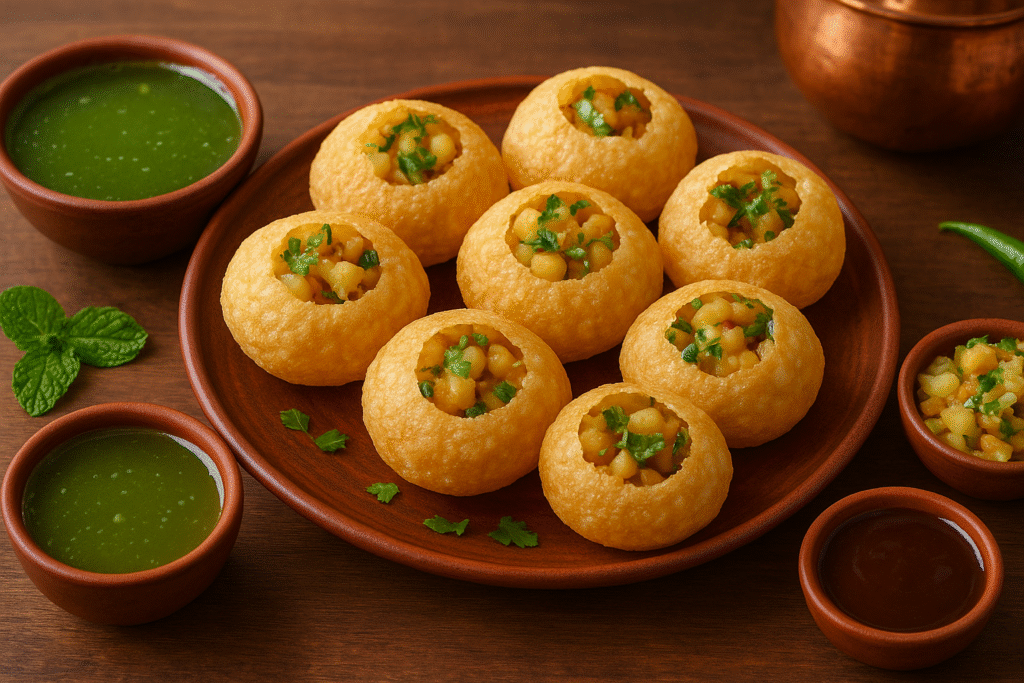
How to Prepare Panipuri: A Symphony in a Bite
Making Panipuri is like creating a small festival in your kitchen. It has three main parts:
- The Puri: Small, hollow, and crispy—like golden balloons fried to perfection. They must be light enough to crack at a single touch, but strong enough to hold the fillings.
- The Filling: Usually a mixture of boiled potatoes, chickpeas, or sprouts, mixed with spices, salt, and sometimes onions or coriander. The filling is like the heart—it gives substance.
- The Pani (Flavored Water): This is the soul. A tangy, spicy concoction made of tamarind, mint, coriander, cumin, black salt, and green chilies. Some like it fiery enough to bring tears of joy, while others prefer it with a dash of sweetness made with jaggery or dates.
How it’s enjoyed: The vendor takes a puri, cracks a hole with his thumb, stuffs in the filling, dips it into the flavored water, and hands it over. And here comes the rule—no chewing slowly! You must pop it whole into your mouth, or else risk wearing the pani on your clothes instead.
The Taste of Panipuri: A Carnival of Flavors
Describing the taste of Panipuri is like trying to describe fireworks to someone who has never seen the sky at night. The moment it enters your mouth, there’s an explosion of flavors—the crunch of the puri, the earthy comfort of potatoes, the fiery hit of chilies, the tang of tamarind, and the refreshing coolness of mint.
It is a rollercoaster ride for the tongue—first spicy, then sour, then sweet, and finally leaving behind a lingering aftertaste that makes you say, “Chalo, ek aur ho jaye!” (Come on, let’s have one more!).
No wonder there’s a proverb that fits perfectly: “The proof of the pudding is in the eating.” In the case of Panipuri, the proof of its magic lies in the second, third, and fourth puri you eat—because one is never enough.
Why Panipuri is More Than Just Food
Panipuri is not merely a snack; it’s a social ritual. Friends compete over who can eat the most. Families gather around street vendors on Sunday evenings. Couples share a plate on their first dates. Strangers often strike up conversations while standing in the same line.
In that sense, Panipuri is a bridge between people, breaking barriers with each crunchy bite. As the saying goes, “Food tastes better when shared with others.” And truly, Panipuri tastes best when shared, whether it’s five rupees per plate in a small town or served in silver bowls at a wedding.
Conclusion
In the grand orchestra of Indian street foods, Panipuri is the lead singer—the one that steals the show every time. It has traveled through states, adopted countless names, and satisfied millions of cravings, proving that “variety is the spice of life.”
So the next time you hear the crack of a puri breaking, followed by the splash of tangy water, remember—you are not just eating a snack. You are tasting history, culture, and joy wrapped in one tiny globe.
As the old Indian proverb says, “An empty stomach is not a good political adviser.” Thankfully, Panipuri keeps both the stomach and the heart happy. And that’s why it truly deserves its crown as the most loved street food in India.
Keywords: Panipuri origin, Panipuri preparation, Panipuri taste, Panipuri names in India, Most loved street food in India, Golgappa vs Puchka vs Gupchup




